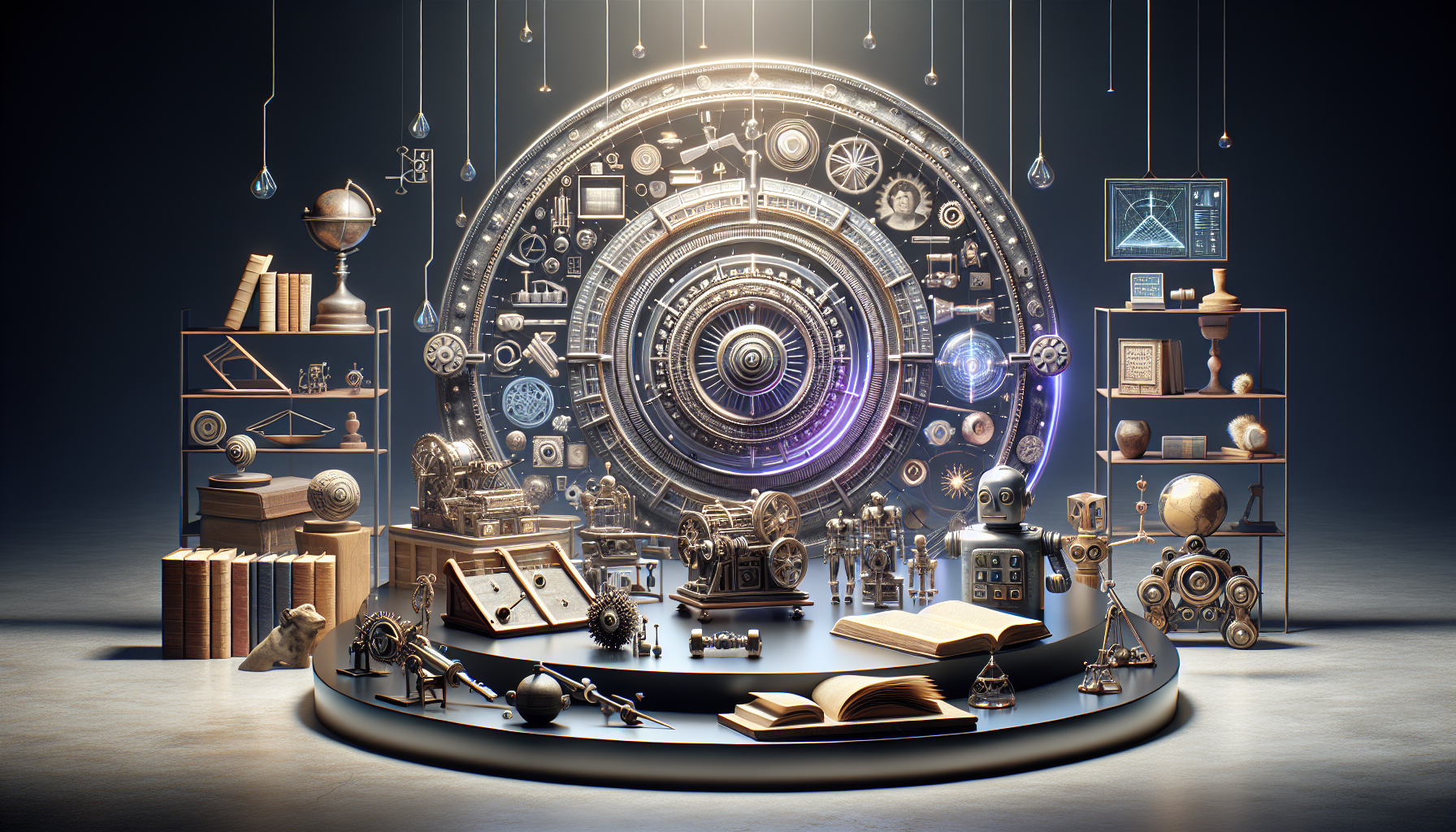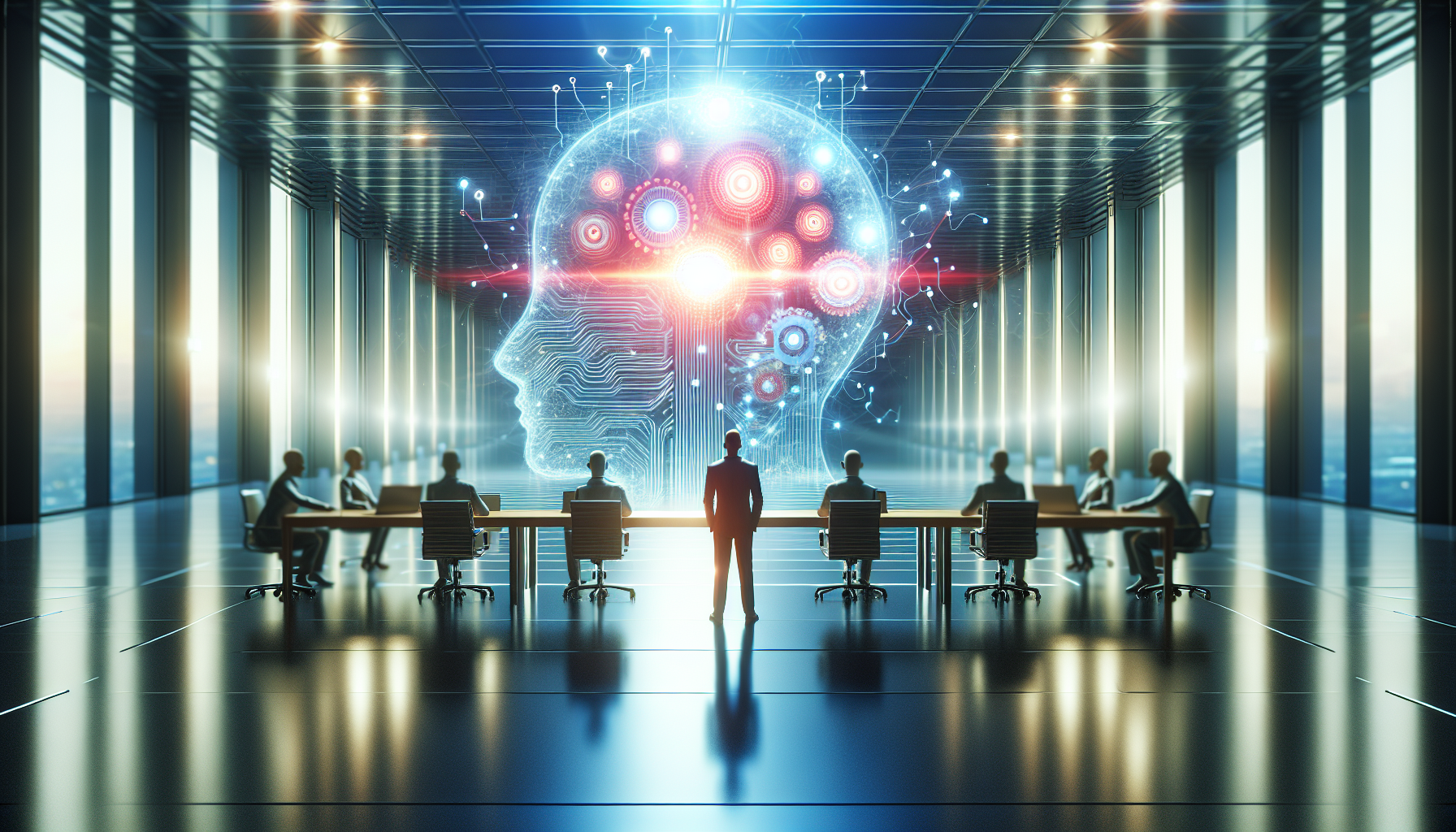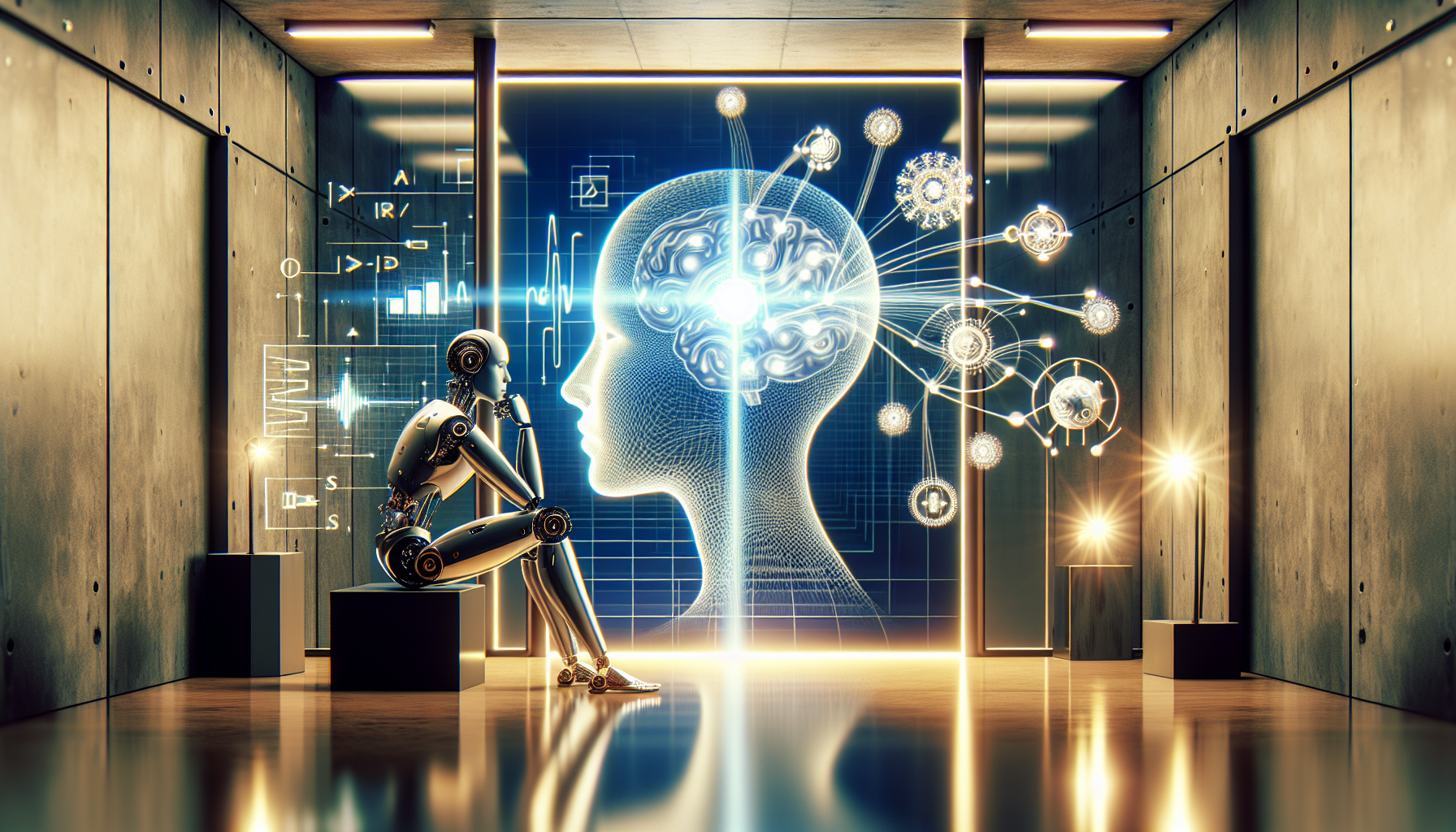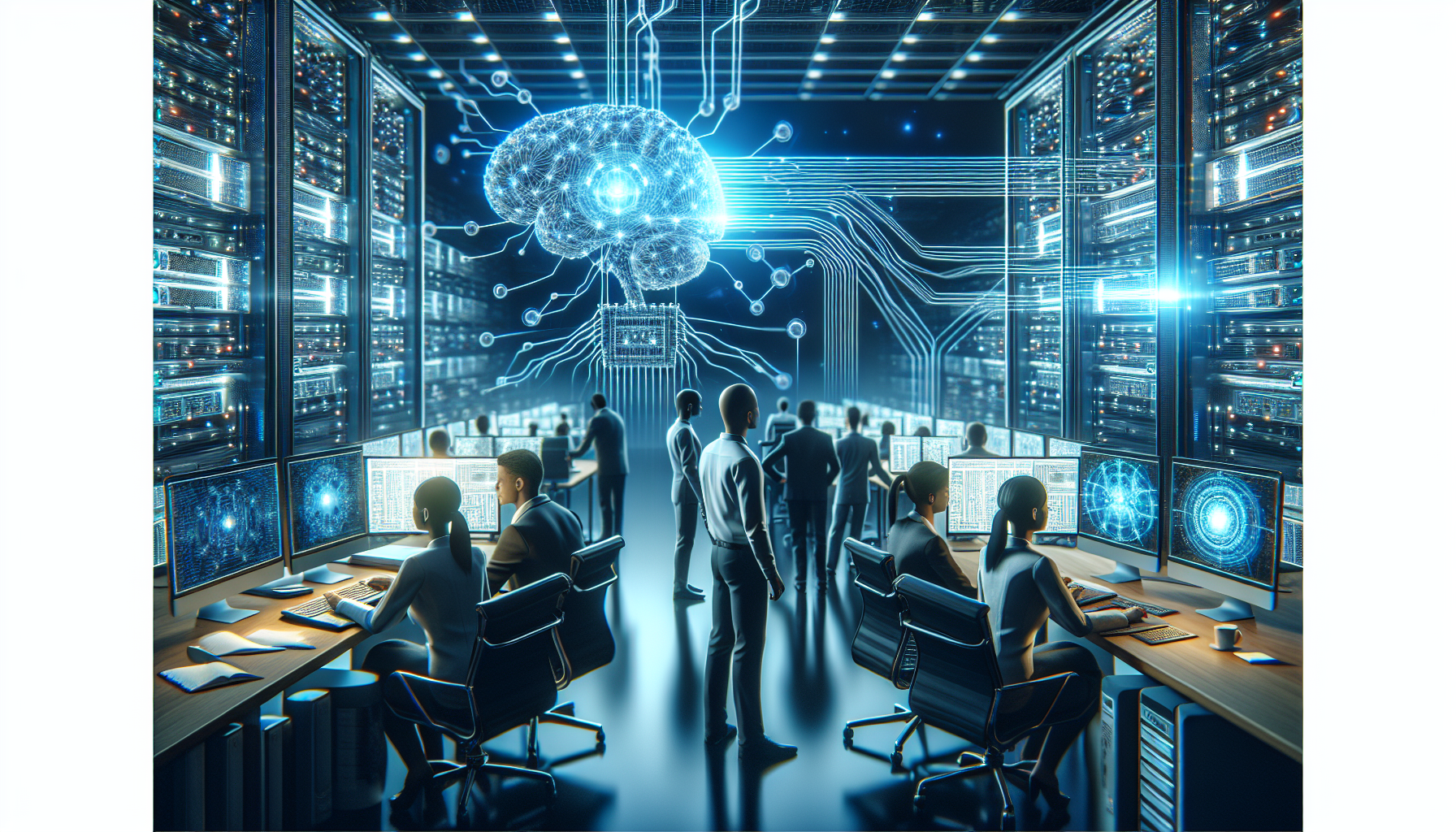
Artificial Intelligence in Art: A Historical and Technical Exploration
October 25, 2025
The intersection of artificial intelligence (AI) and art may seem like a modern phenomenon, yet the roots of this relationship stretch back further than many realize. The conceptual frameworks for AI influencing art were laid long before the digital age. This exploration delves into the historical evolution of AI's role in art and creativity, from early computational theories to contemporary applications.
AI's journey into the creative realm can be traced to the foundational ideas of algorithmic art. Long before computers permeated everyday life, mathematicians and philosophers contemplated the possibility of machines mimicking human creativity. The concept of using algorithms to generate art forms the basis of what we now recognize as AI-driven creativity.
One of the early milestones in AI's artistic journey was the development of computer-generated graphics. Initially, these were simple geometric shapes and patterns, but the potential for more complex creations was immediately apparent. As computer technology advanced, so did the complexity and diversity of the art that machines could produce. Engineers and artists began experimenting with the capabilities of computers to create new forms of visual art, setting the stage for the modern digital art landscape.
The evolution of AI in art took a significant leap with the advent of machine learning. By enabling machines to learn from data, machine learning algorithms brought a new level of sophistication to AI-generated art. This was not just about pre-programmed patterns anymore; machines could now analyze vast datasets of artistic works and discern styles, techniques, and motifs. This capability allowed AI to produce art that not only mimicked human creativity but also introduced novel styles and concepts that were uniquely machine-inspired.
Neural networks, particularly deep learning models, marked another turning point. These models are designed to mimic the human brain's structure, allowing for more nuanced and complex processing of information. In art, neural networks have been instrumental in tasks ranging from style transfer—where the style of one artwork is applied to another image—to generating entirely new works that challenge traditional definitions of artistic authorship.
A notable example of AI's creative potential is the use of Generative Adversarial Networks (GANs). These networks consist of two neural networks: a generator and a discriminator. The generator creates images, while the discriminator evaluates their authenticity against real images. This adversarial process results in highly sophisticated art that can be indistinguishable from human-made creations. GANs have been pivotal in producing artwork that pushes the boundaries of what is possible with AI.
Despite these advancements, the integration of AI into art has sparked debates about originality and authorship. Can a machine be considered an artist? This question has philosophical implications that challenge our understanding of creativity. The historical perspective reveals that this is not a new debate but rather a continuation of discussions about the role of technology in art. Throughout history, technological advancements have always influenced artistic expression, from the invention of the camera to the development of digital editing software.
In the current era, AI is not just a tool for creating art; it is also a collaborator. Artists are increasingly using AI to augment their creative process, exploring new forms and ideas that would be difficult to achieve without computational assistance. This collaboration between human and machine is reminiscent of earlier periods where artists embraced technological innovations to expand their creative horizons.
AI's influence on art is also evident in the democratization of creativity. With AI-powered tools, individuals without formal artistic training can create visually compelling works. This accessibility raises questions about the future of art education and the role of traditional artistic skills in an AI-enhanced world.
As AI continues to evolve, its impact on art and creativity will undoubtedly grow. The historical perspective provides valuable insights into how technological advancements can drive artistic innovation. Yet, as AI becomes more embedded in the creative process, it invites further exploration into the ethical, philosophical, and practical implications of machine-generated art.
What will the role of human creativity be as AI becomes increasingly adept at producing art? Will we see a new artistic renaissance driven by AI, or will the essence of art remain an intrinsically human endeavor? These questions highlight the ongoing dialogue between technology and creativity, offering fertile ground for future exploration.


